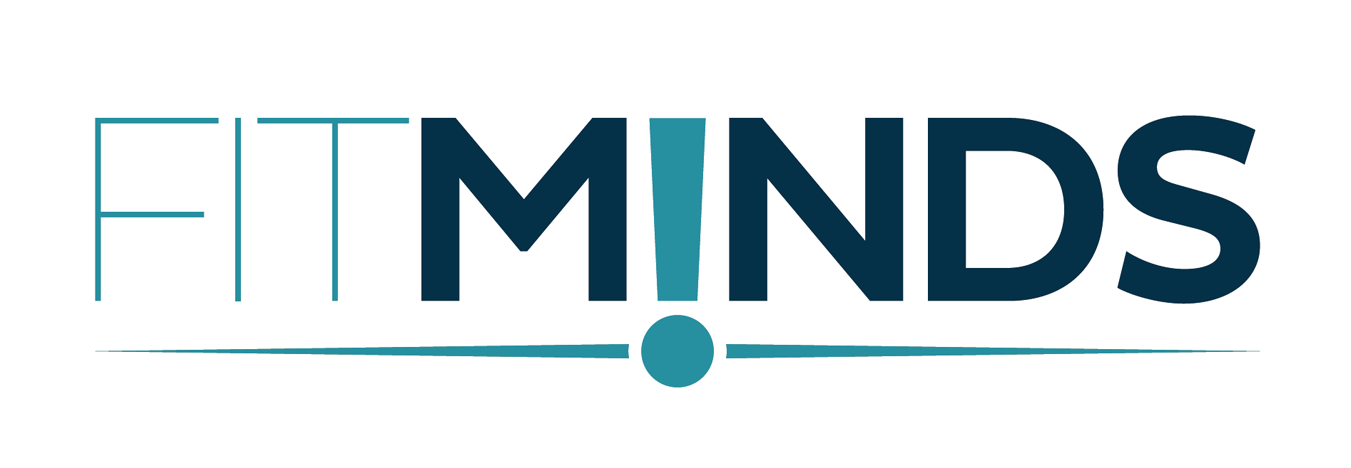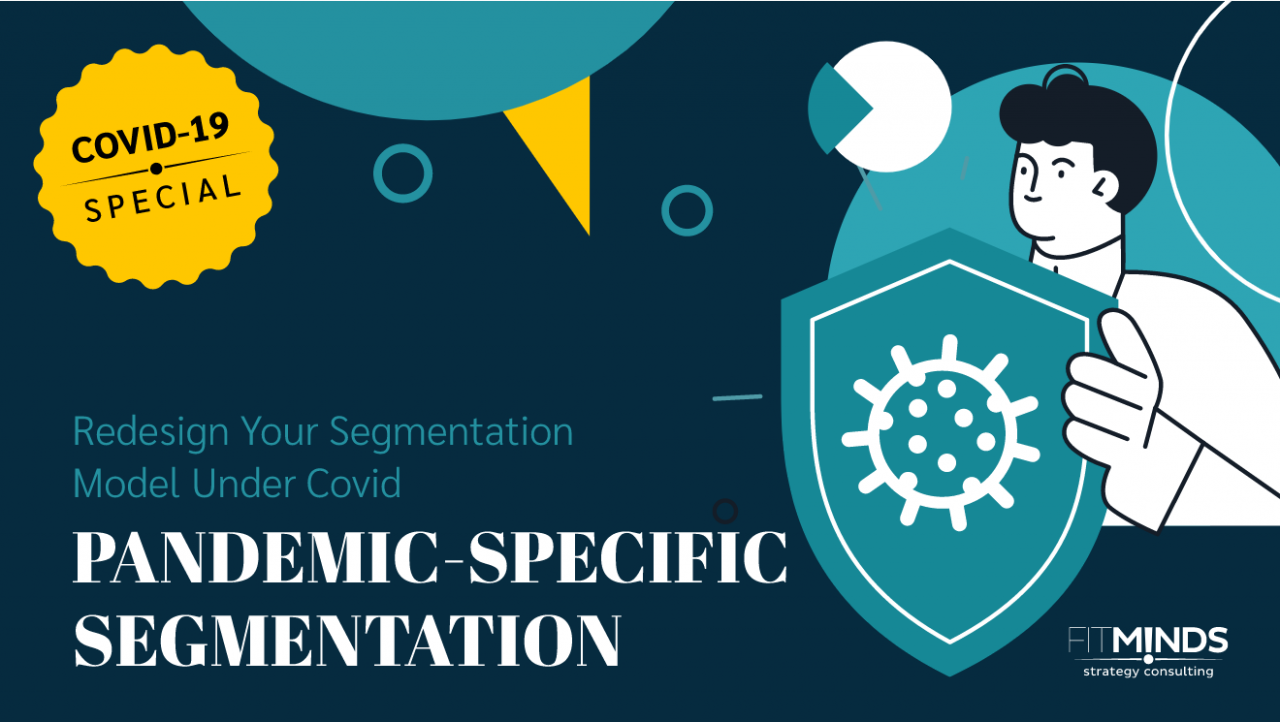What is Segmentation and Why is It Important?
Segmentation is the process of grouping customers that display similar behavior and characteristics in a defined market.
Brands or companies should determine the target segment(s) for which they will design products and services. This approach has two major advantages:
- By focusing on investment, they prevent untargeted use of resources, increasing both efficiency and effectiveness of the resources.
- By focusing on a specific segment(s), they sharpen their positioning efforts, resulting in stronger positionings.
How to Define Segments?
Although the definition and benefits of segmentation can easily be understood, building a segmentation model can be tricky. A critical point to keep in mind while building a segmentation model is that companies do not form the segments in the market. A segment either exists or not. What companies must and can pursue is accurately identifying existing customer segments.
Any correct segmentation model must say “Yes” to below three questions:
- Homogeneity: Are the needs of customers in the same segment common/similar?
- Difference: Are the segments different/unique from each other?
- Reaction: Do customers in the same segment react similarly to the market, products, and services?
If the segments you identified do not meet these criteria, you should review your segmentation model. Else, you should move on to the second step: Is your segmentation model practicable?
To understand whether your segmentation model is practicable or not, see these five criteria:
- Measurable: Can the size, characteristics, etc. of the segment be measured?
- Size: Is the segment large enough and profitable?
- Accessible: Can the segment be accessed effectively?
- Differentiable: Can it be easily distinguished from different segments?
- Applicable: Can a segment-oriented strategy be easily implemented?
Customer Behaviors After Covid-19: Post-Corona Segmentation
In our previous article, we mentioned that Covid-19 is changing customers’ behaviors and journeys. But, in what direction will those changes be? Will nobody go to cafes after the pandemic? Will everyone minimizes their spending? Will all the hotels be empty the whole summer?
The most critical trap when evaluating Covid-19’s impact on customers is to think that everyone will be affected in a similar way. Indeed, these effects will differ from person to person. For this reason, brands need to group the customers according to their reactions to the pandemic conditions. In summary, they should build a segmentation model rather than generalizing their foresight about customers.
In this article, we share with you an example of the segmentation methodology that we developed as FITMINDS Strategy Consulting.
An Exemplary Pandemic-Specific Segmentation Model
The effects of Covid-19 are felt the most intensive in health and economy areas. It seems that impacts on the economy of the virus will change people’s willingness to spend money and impacts on health will change people’s hygiene sensitivities.
Therefore, we created a 2-by-2 matrix by putting customers’ willingness to spend money on the X-axis and customers’ hygiene sensitivity on the Y-axis.

At this point, you need to determine for each segment:
- Sizes
- Purchasing Powers
- Demographic Profiles
- Current Customer Distributions
Then the questions you need to answer are:
- What kind of prioritization?
- What kind of new products?
- What kind of new services?
- What kind of communication?
We encourage you to rethink your segmentation, use our model stated above, or contact us to design your segmentation model.



